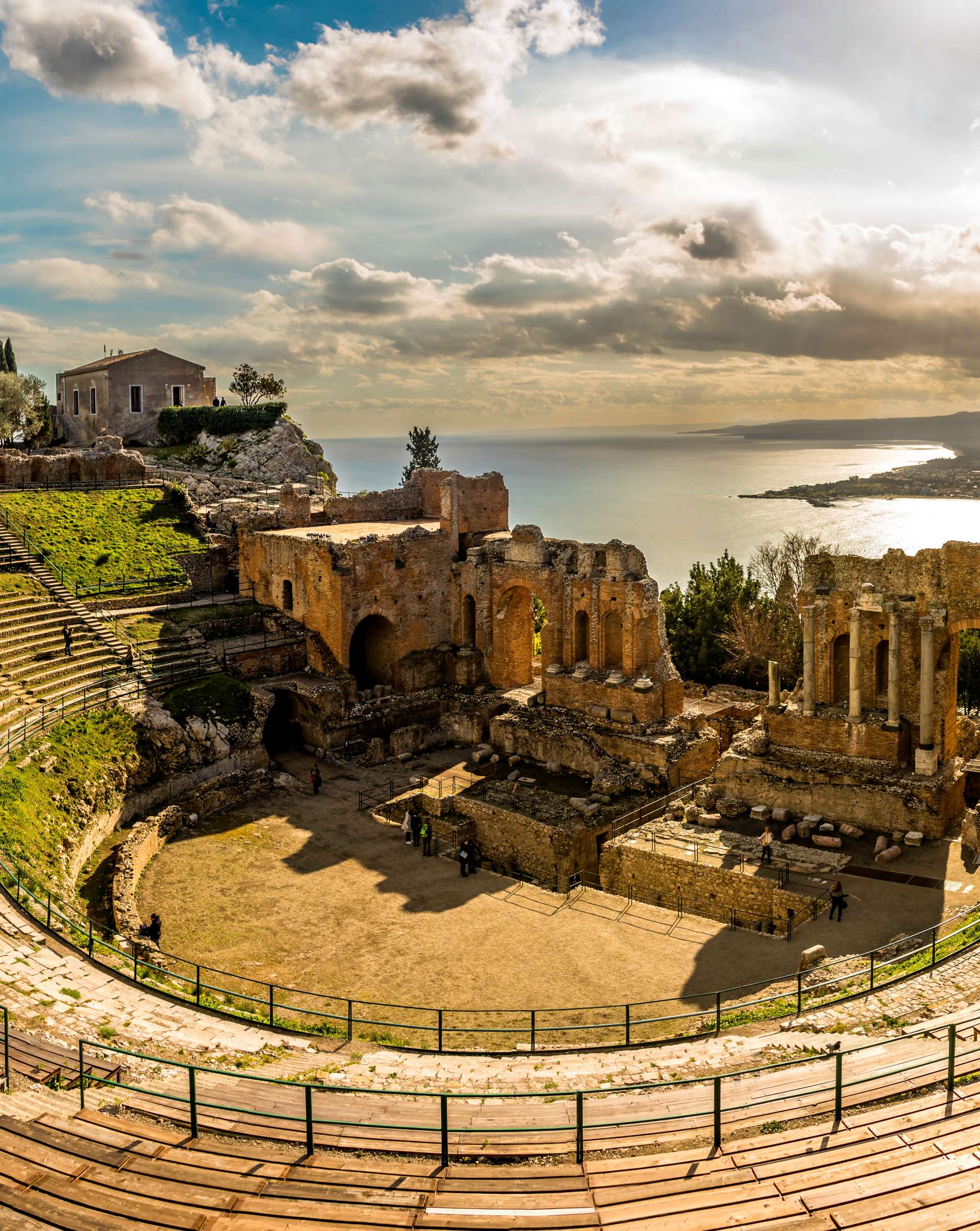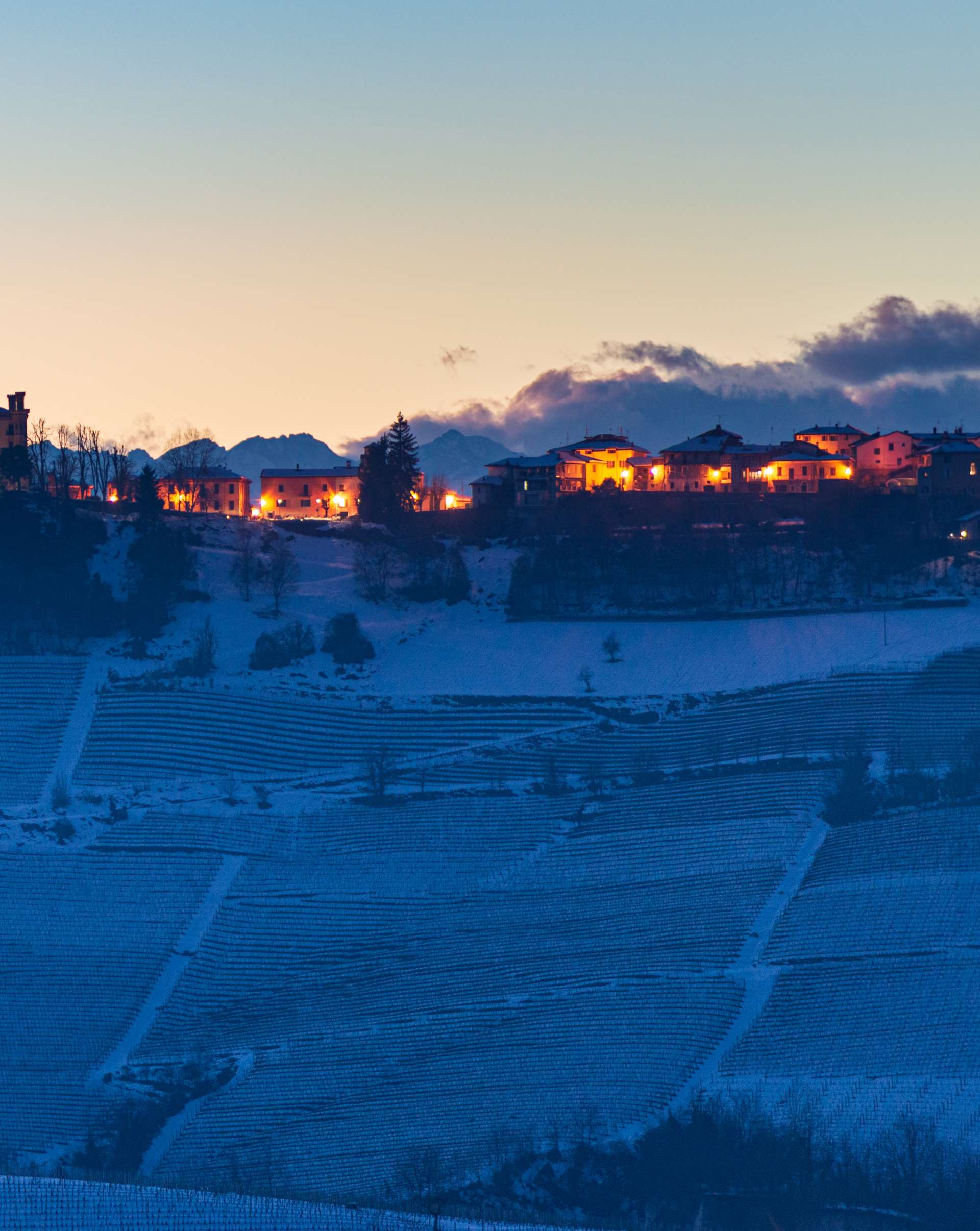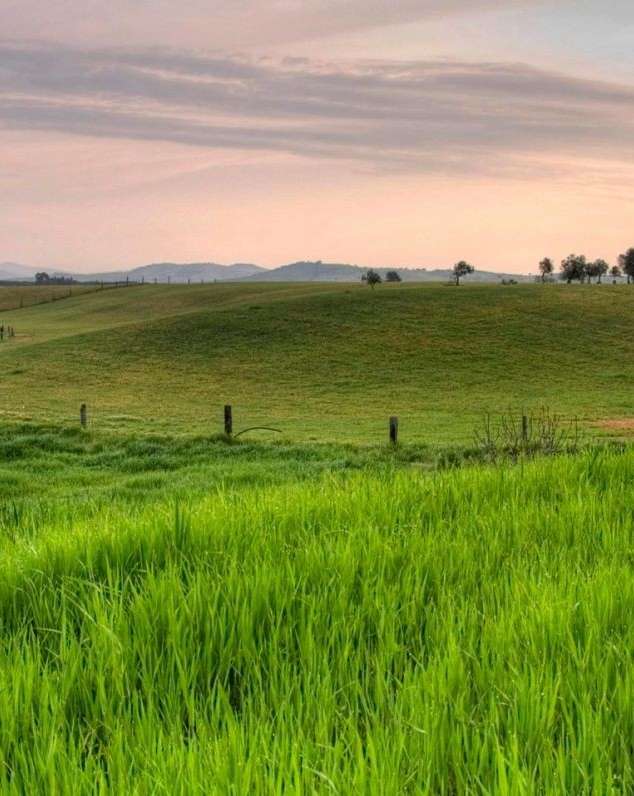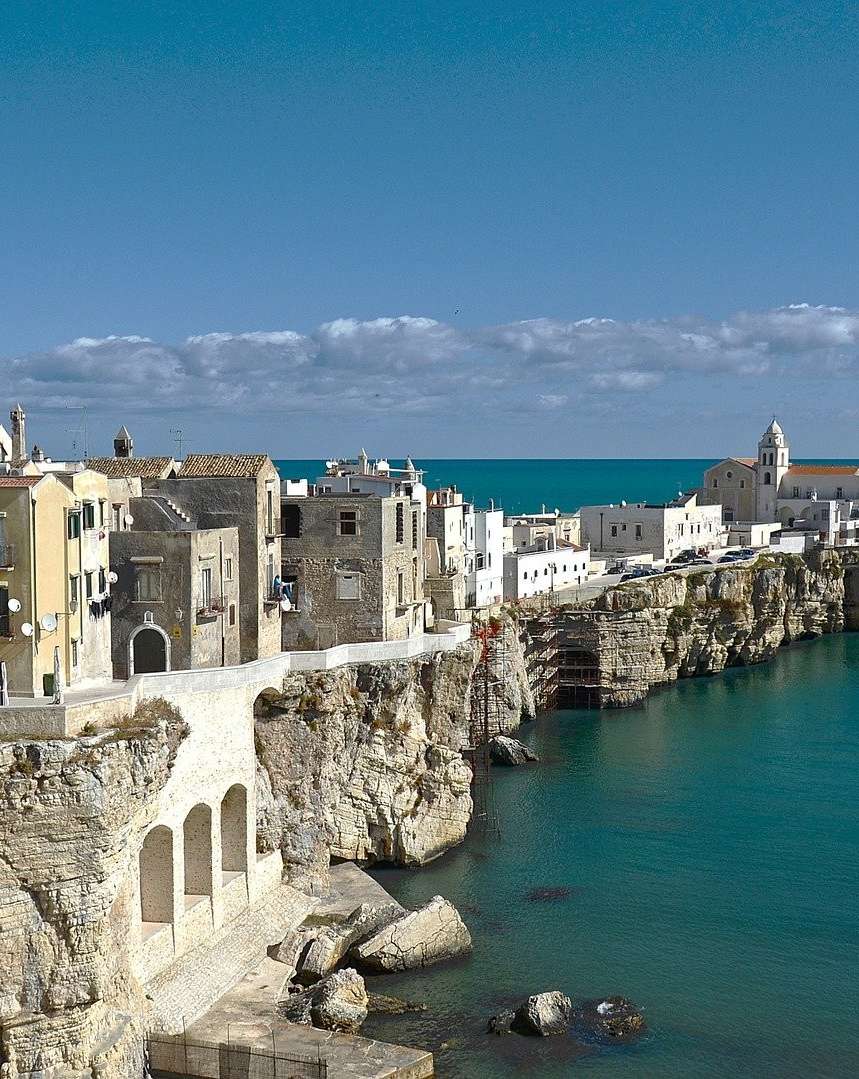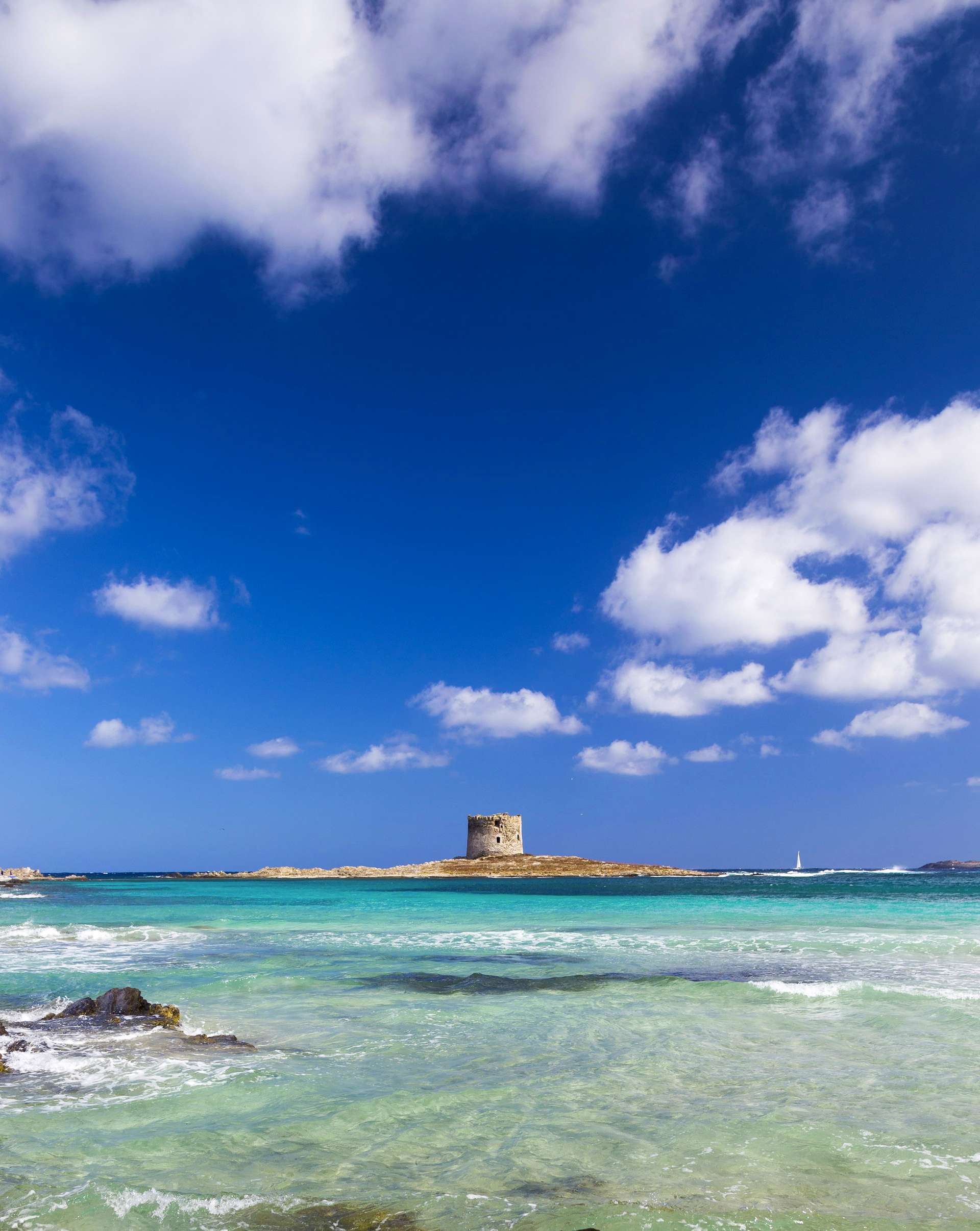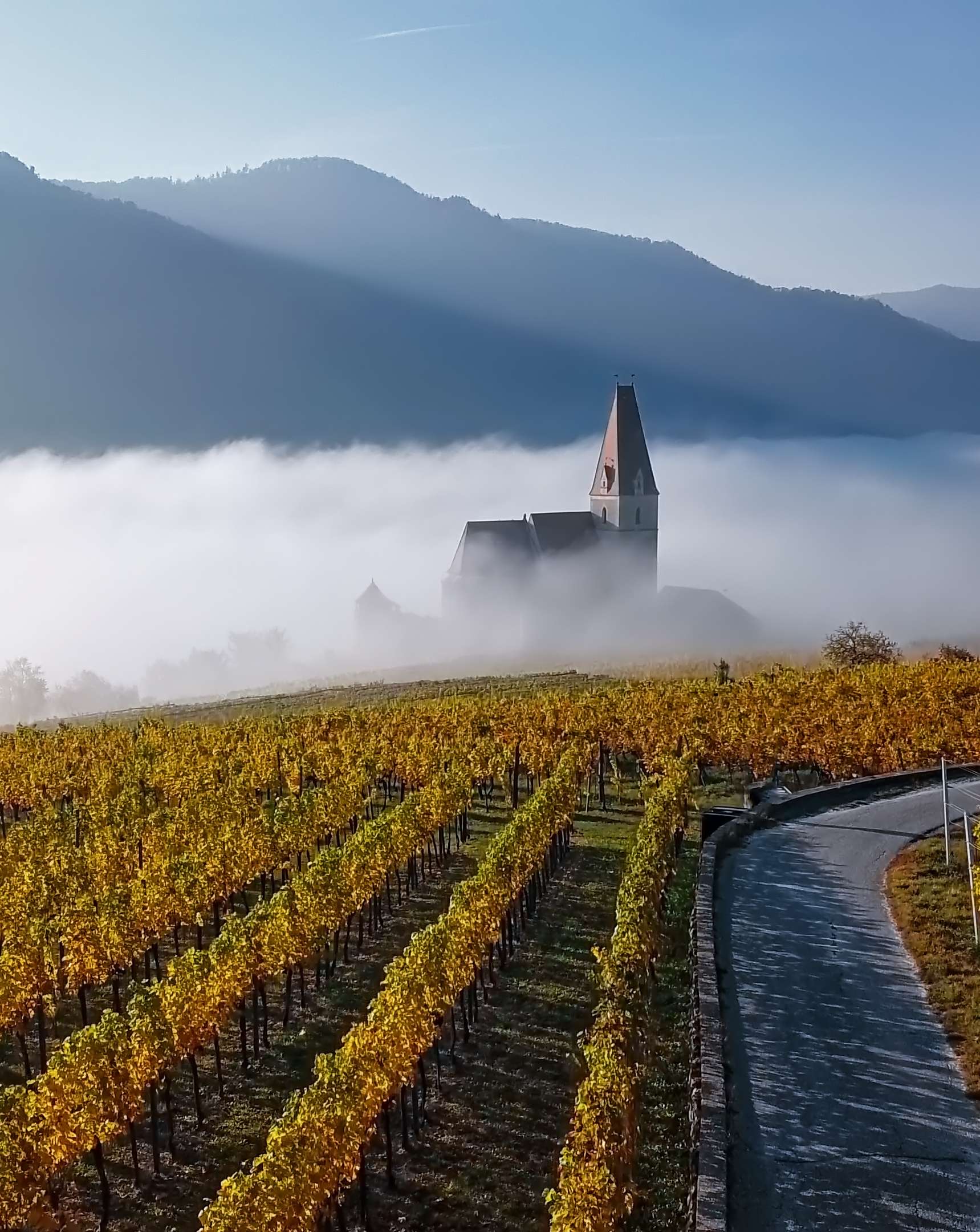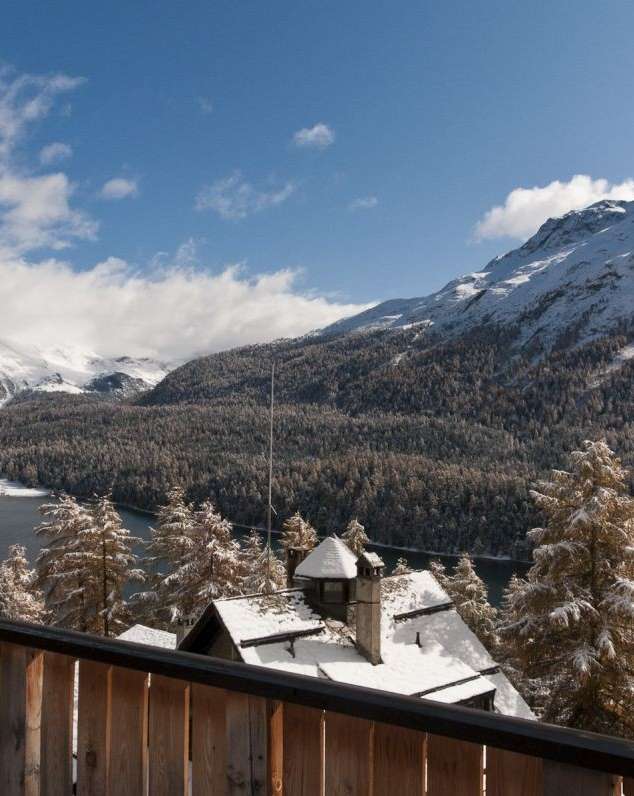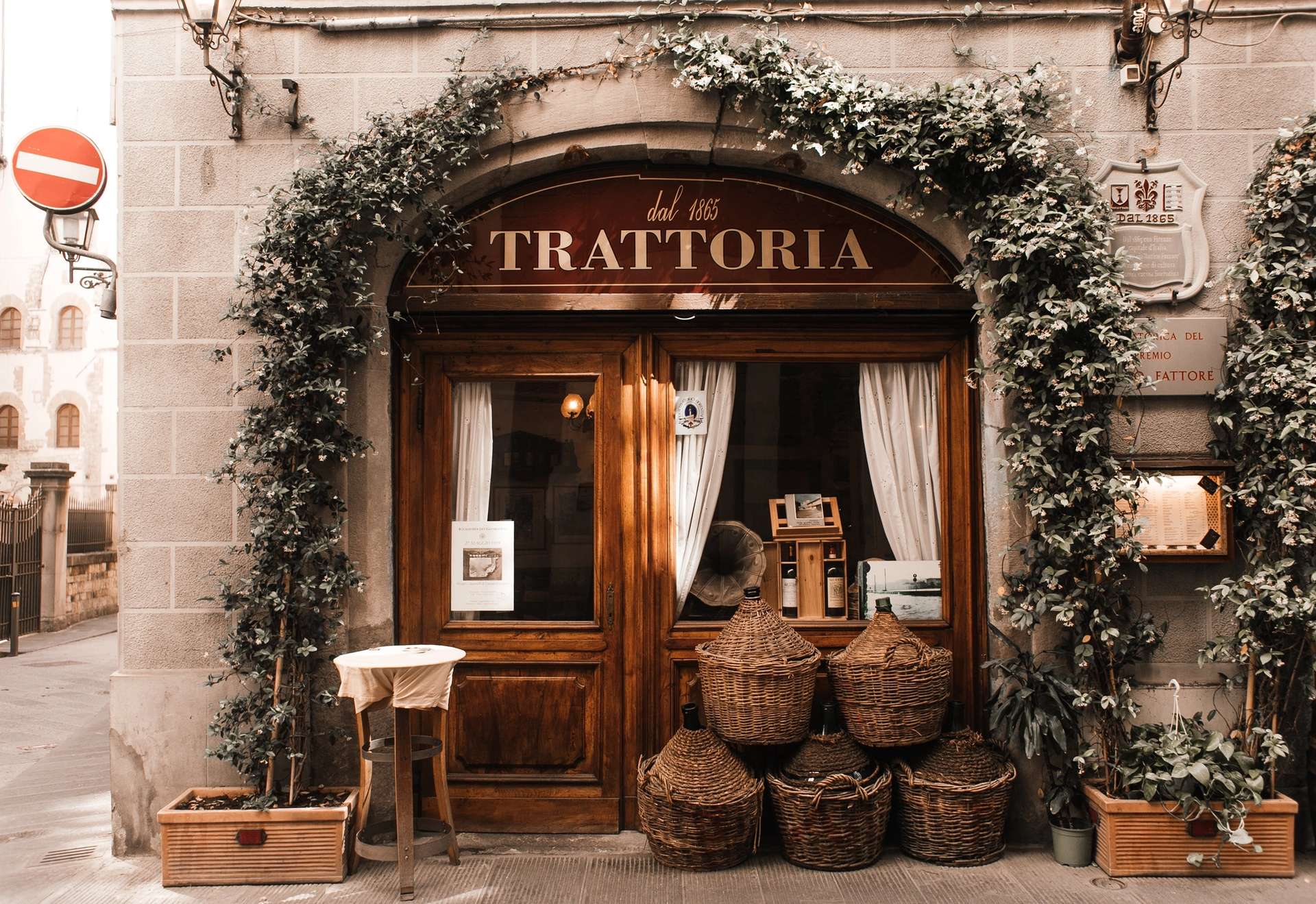
Tuscany's typical cheeses, delicacies for the palate
November 11, 2014Tuscany is a region extremely interesting as far as the production of dairy products is concerned. The Tuscan cheeses are made with milk from local farms, using ancient techniques and processes handed down over the centuries. There are about thirty different types of cheese produced in Tuscany, ten of which fall into the category of superior quality cheeses. Apart from the usual cheeses made from cow's milk, this region also offers many specialties made with goat's milk.
Depending on the area in which they are produced, Tuscany’s cheeses can be very different from one another, both in appearance and texture. One of the most distinctive and well-known dairy products in the region is undoubtedly the Pecorino Toscano DOP, which is obtained by processing sheep's milk. This cheese is made using only whole ewe's milk, with a period of maturation raging from 20 days to 4 months depending on whether you want to obtain, respectively, a soft cheese or a semi-hard one. Its taste is fragrant and flavorful, but not spicy. The areas that are mostly specialized in the making and production of Pecorino cheese are Cortona, Barga, Pietrasanta, the Maremma, the Casentino, Valdichiana, the Chianti area, the Crete Senesi’s territory or the Lucardo’s one. In particular, Pope Pius II have enjoyed the Crete Senesi Pecorino cheese ever since the middle of the Fifteenth century. Given the abundance and variety of said products, these cheeses are named after the production area. The Senese Pecorino cheese is, for example, a white and hard cheese, obviously made from ewe's milk. Its flavor is sweet and slightly spicy. It is produced in the province of Siena.
Among other famous Tuscan cheeses, there are the Grande Vecchio di Montefollonico, which is slightly spicy and has a maturation period of about a year, and the Marzolino del Chianti. The latter is obtained from whole ewe's milk and it must age for a period ranging from 30 to 180 days; it has a fragrant and tasty flavor, which becomes spicy with the seasoning process. In addition to these ones, there are also the Ricotta di Pecora Pistoiese, Pistoia’s seasoned Caciotta and the Guttus, which is a kind of sheep’s blue cheese, a delicacy typical of the area of Grosseto. Also in Grosseto is produced the sheep’s Caciotta, which requires a seasoning period of about one month and has a soft and sweet taste.
Among the fresh cheeses stand the Raviggiolo and the Stracchino. The Raviggiolo has a vaguely round shape, a white color and it can be semi-hard or very soft. It is produced by adding rennet to cow or goat’s milk and it is eaten fresh, within a few days after its preparation; it has a mild, almost buttery taste.
Many of the cheeses produced in Tuscany are a perfect match to the two most important red wines of the region, Brunello and Chianti.

